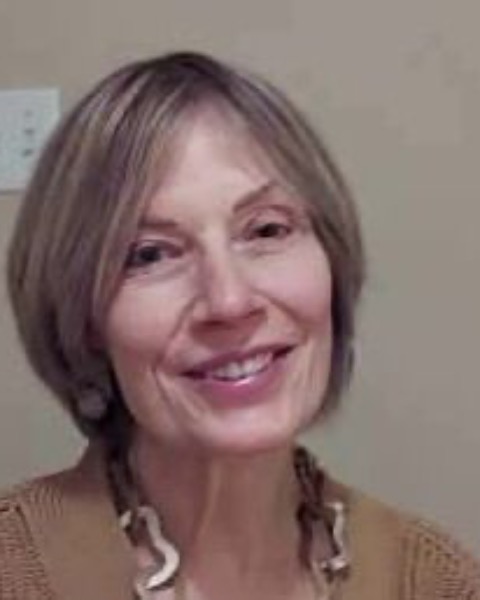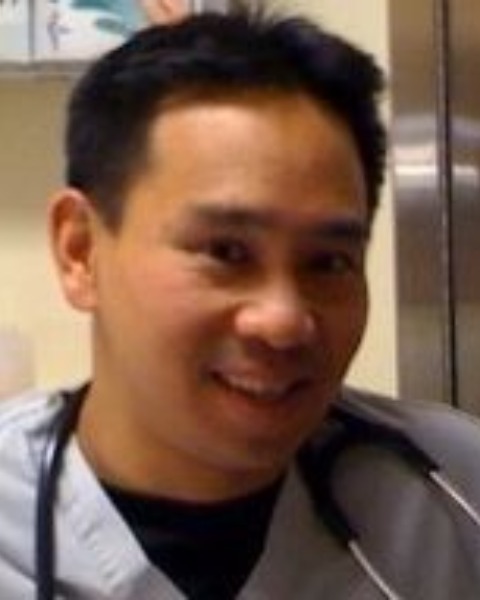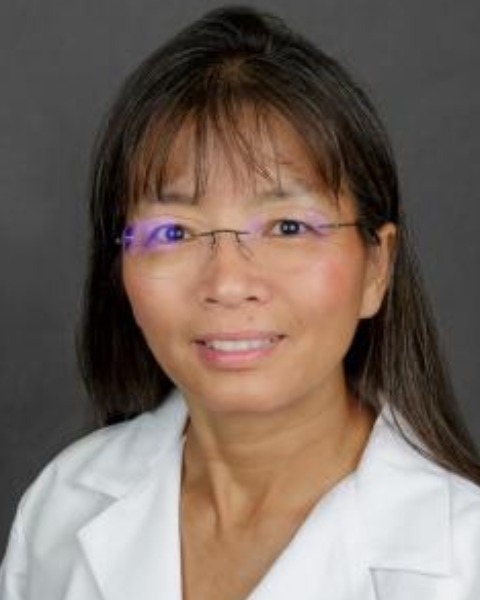Clinical Care
Trainee
Battlefield Acupuncture for Acute Pain Management
-

Augusta Saulys, MD (she/her/hers)
Clinical Professor of Emergency Medicine, UCSF
UCSF Benioff Children's Hospital Oakland
Berkeley, California, United States -
HO
Hilary Ong, MD
Assistant Professor of Pediatric Emergency Medicine
University of California, San Francisco
San Francisco, California, United States -

James Tsung, MD, MPH (he/him/his)
Professor
Icahn School of Medicine at Mount Sinai
New York, New York, United States -
.jpeg.jpg)
Michael Bell, MD
Professor of Emergency Medicine
UCSF
Oakland, California, United States -

Shiu-Lin Tsai, MD (she/her/hers)
Associate Professor
Columbia University
Englewood Cliffs, New Jersey, United States
Leader(s)
Co-Leader(s)
Workshop
Description: Inadequate management of pain is a more frequent occurrence in pediatrics (vs. adult medicine), and can result in significant short and long-term morbidity. The recognition of the opioid epidemic and its dire consequences, unfamiliarity with pediatric pharmacology (or just not having access to some medications in the setting of injury or illness) contributes to this lack. Lately pediatric pain experts have proposed that a multimodal approach (including medications and nonpharmacologics) gives optimal pain control.
Acupuncture/acupressure is just such a 'nonpharmacologic' modality that can be easily added to a conventional pain management regimen to optimize the outcome. Having roots in Traditional Chinese Medicine, but adapted by Dr. Niemtzow in the US Air Force since 2001, 'Battlefield Acupuncture'(BFA) has been successfully used during the Middle East conflicts to manage acute conditions, subsequently in the Veterans' Administration Hospital system for a broader range. The techniques are safe and well-tolerated in adults and children, easy to learn and administer with minimal equipment. Research has not completely explained the mechanism, but MRI studies confirm recruitment of cerebral areas of pain perception when pressure or puncture is applied to the microsystem homunculus on the surface of the ear. In the past 10 yrs, a host of pediatric researchers have gotten favorable results when 'BFA' is used in children for pain, nausea, anxiety (mostly in the ED setting).
We hope to introduce workshop participants to the history, theory of BAA, demonstrate the technique, and most importantly, allow them to practice on models, workshop partners and themselves.
Learning Objectives:
- describe the indications/contraindications of acupuncture in the pediatric patient.
- describe 3 mechanisms of acupuncture analgesia
- perform 'Battlefield Acupuncture/ acupressure' at appropriate points, on model ears and/ or workshop partners.
